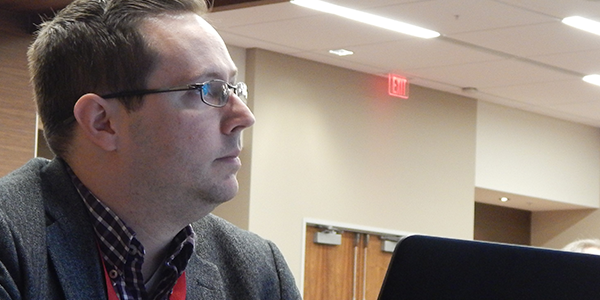SPP may have been incorrectly charging transmission customers for their use of certain facilities, GridLiance High Plains says.
The independent transmission operator said a recent FERC ruling in a dispute between it and Xcel Energy Services “calls into question” how the Tariff’s Attachment AI has been applied.
Xcel has protested GridLiance’s inclusion of its Oklahoma Panhandle facilities in its annual transmission revenue requirement, saying they do not qualify for regional cost allocation under the Tariff and would result in a cost-shift to its Southwestern Public Service subsidiary, which shares the same transmission pricing zone.
Responding to a certified question from an administrative law judge presiding over settlement proceedings in the dispute, the commission ruled Aug. 7 that qualifying as a transmission facility under Attachment AI does not eliminate the need to pass the seven-factor test established by Order 888 (ER18-2358, ER19-1357).
FERC established the test in 1996 to identify which facilities would be under the commission’s jurisdiction and what facilities would remain under state jurisdiction in states using unbundled retail wheeling. The test says local distribution facilities are normally low voltage, in close proximity to retail customers and primarily radial. It also says that power flows into local distribution systems, rarely flowing out.
“We find that the seven-factor test may be applied either to classify or declassify any facility as a transmission facility under Attachment AI,” FERC said in its Aug. 7 ruling. “Parties are not precluded from seeking a determination from this commission or state commissions to classify or declassify any facility under the … seven-factor test.”
“Notably, this order impacts much more than just this case,” GridLiance High Plains President Brett Hooton said in a statement. He said the ruling raises questions about Attachment AI “and if transmission customers have been paying SPP rates for facilities that should have been directly assigned to a smaller set of customers.”
SPP spokesperson Meghan Sever disagreed, saying the grid operator’s interpretation of the order says it has “implemented Attachment AI correctly over the years.”
“If an entity wished to challenge the inclusion of facilities into a zonal rate, the challenger has that right before a state commission or FERC using the seven-factor test,” she said in an emailed statement.
‘Contentious Subject’
The ALJ said the seven-factor test has been a “contentious subject” of prehearing motions in Xcel’s challenge to GridLiance’s 2019 informational filing on its projected net revenue requirement. The commission ordered the dispute into settlement proceedings last October. (See FERC Sets GridLiance ATRR Dispute for Settlement.)
The judge said that GridLiance argues that, based on the commission’s clarification in the October 2019 order, the seven-factor test is a fallback used to classify transmission facilities when they fail to meet any of Attachment AI’s criteria. Xcel contends that the test’s outcome is the ultimate determinant of whether a facility qualifies as a transmission facility under Attachment AI.
The Tariff attachment defines transmission facilities as those that meet any one of six criteria:
- All existing 60-kV or above non-radial power lines, substations and associated facilities and all 60-kV or above radial lines and associated facilities that serve two or more eligible customers not affiliates of each other.
- Facilities used for interconnecting the transmission zones to each other or that interconnect the grid with other surrounding entities.
- Equipment needed to control and protect a facility qualifying as a transmission facility.
- Facilities on the high voltage side of a transformer for a substation transforming from a voltage higher than 60 kV to a voltage lower than 60 kV.
- The portion of DC ties owned by an SPP transmission owner, including the portions operated below 60 kV.
- Facilities operated below 60 kV that FERC has determined to be transmission pursuant to Order 888’s seven-factor test.
GridLiance asked that the commission clarify whether the Oklahoma assets qualify as transmission facilities under Attachment AI, and not whether they must also meet the commission’s seven-factor test.
Hooton said GridLiance requested the clarification “to simplify and shorten the hearing.”
“While we were disappointed in the decision, we remain confident in our case and continue to work to ensure Oklahoma Panhandle ratepayers receive comparable and fair cost allocation,” he said.




